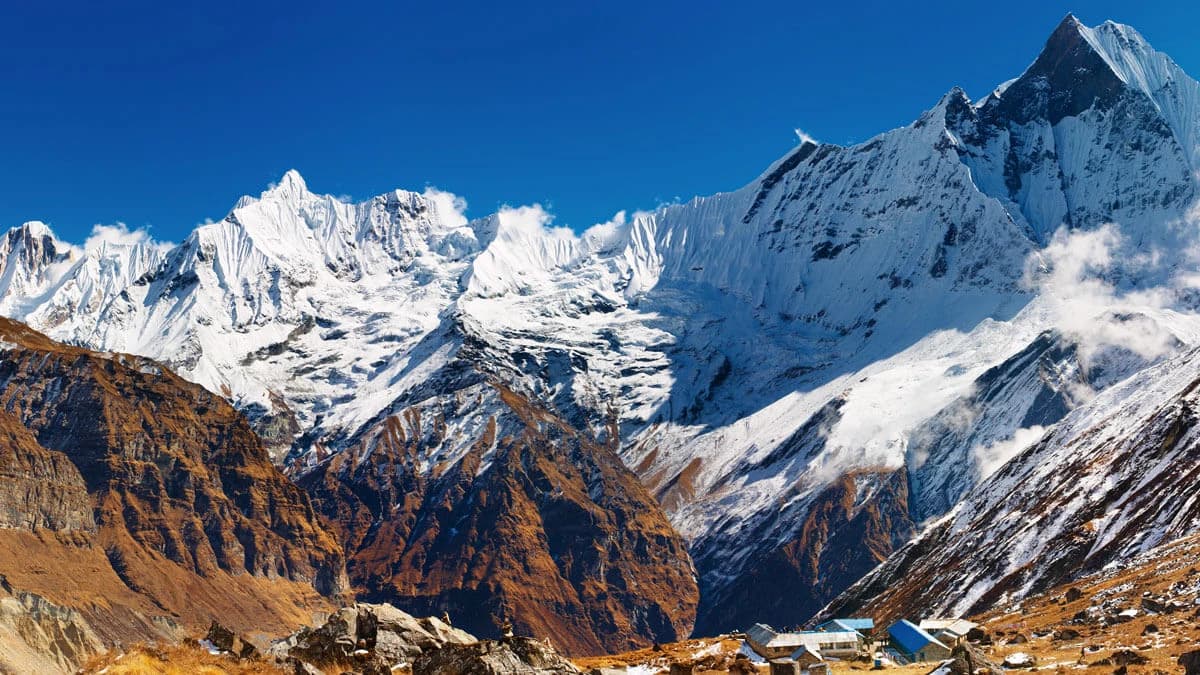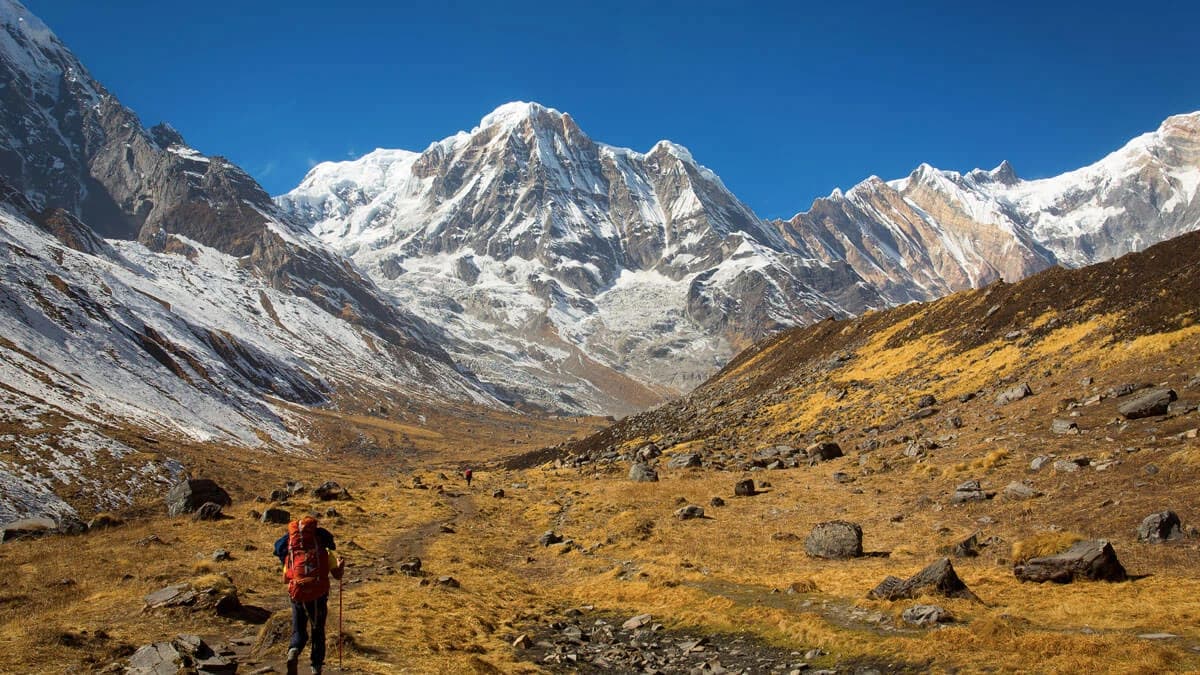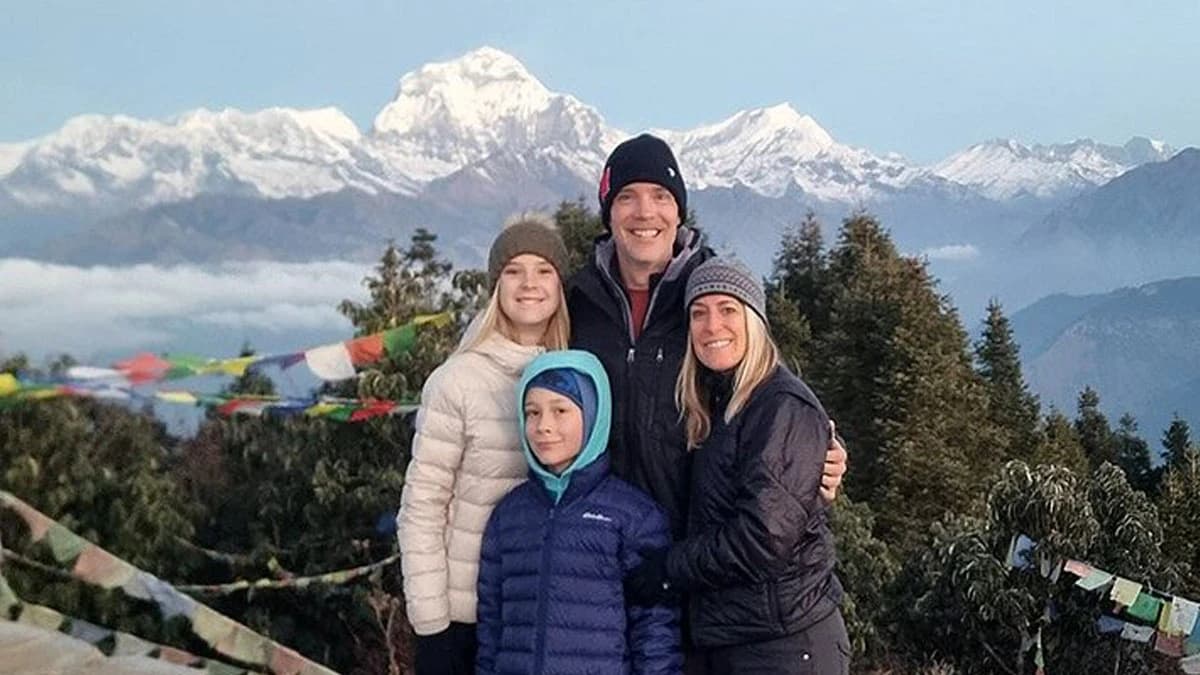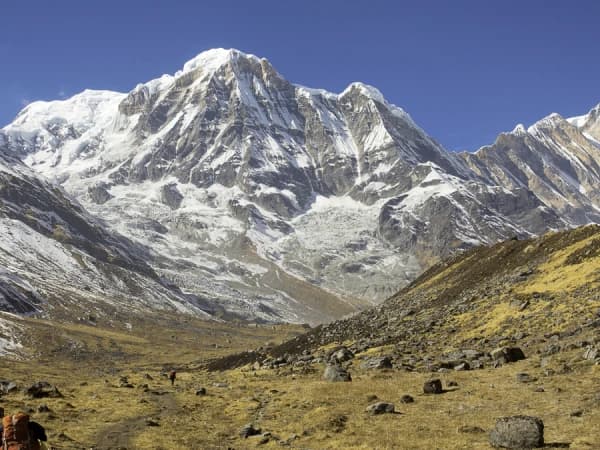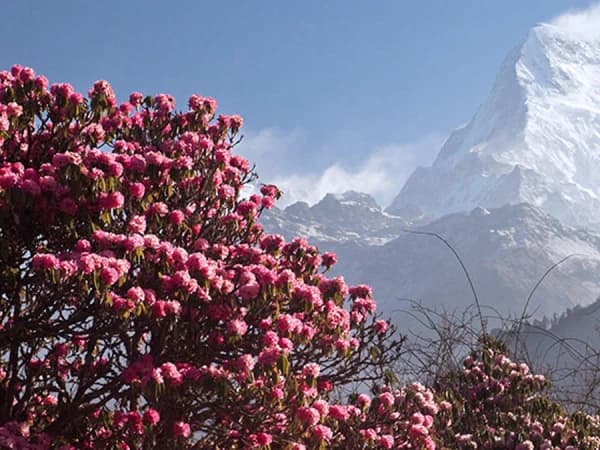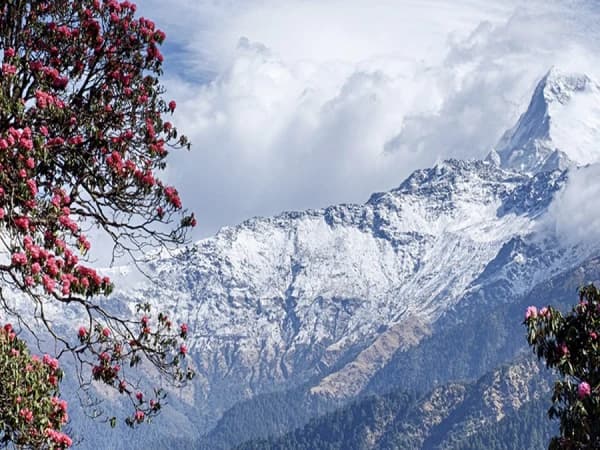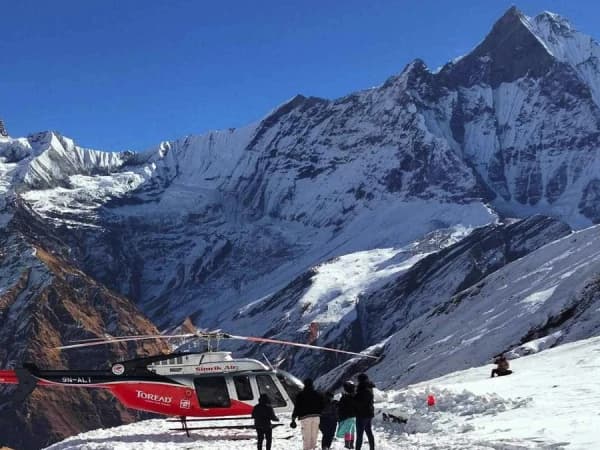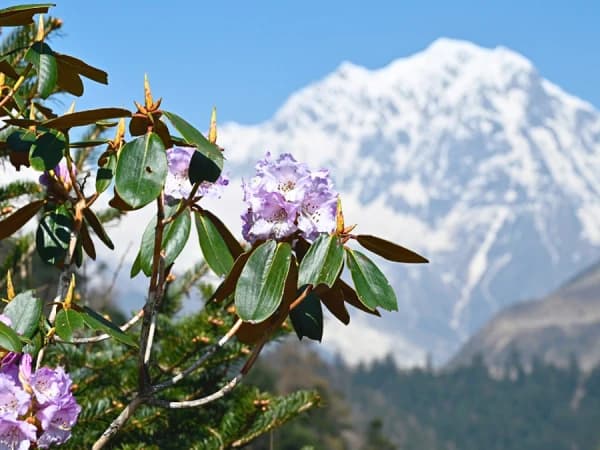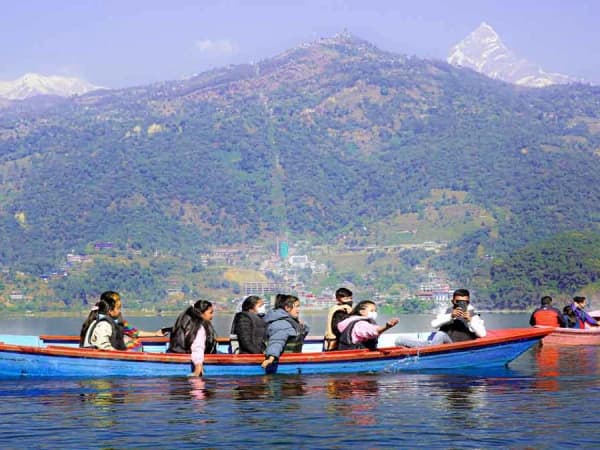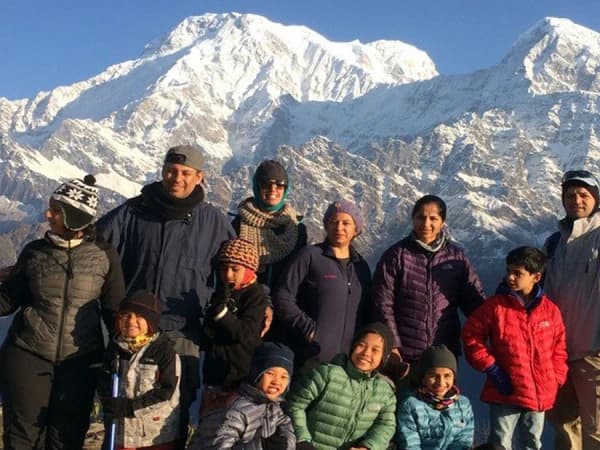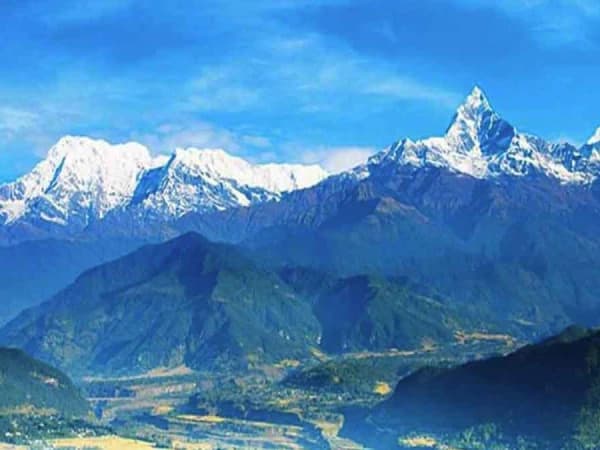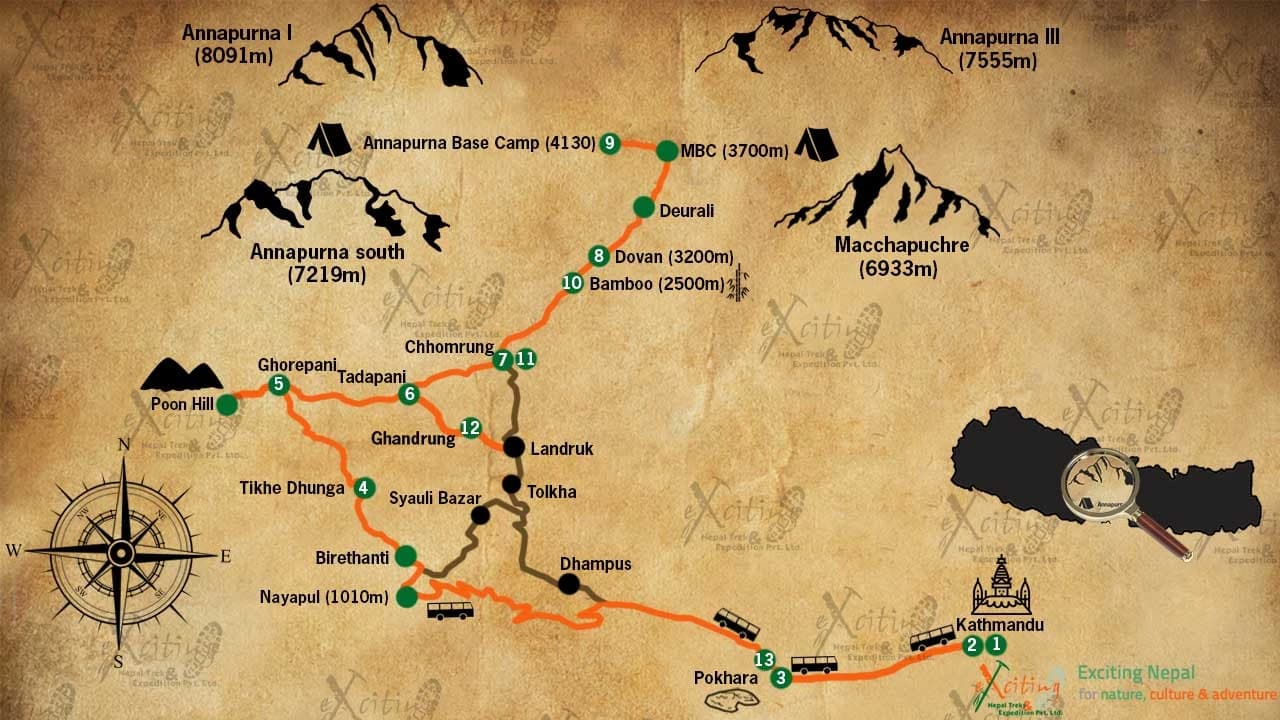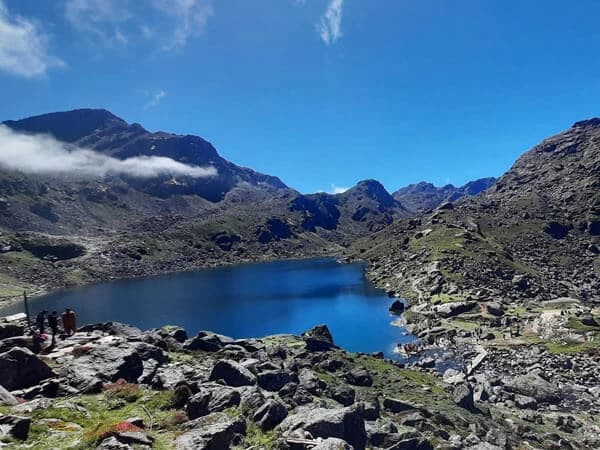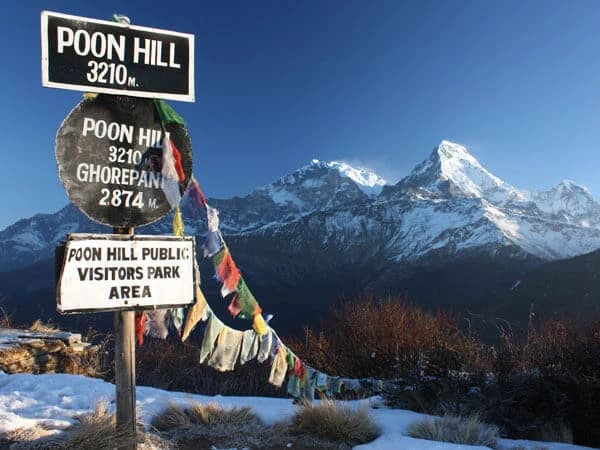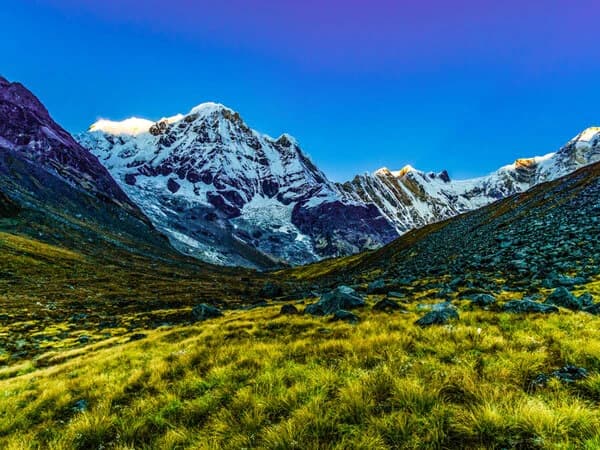Annapurna Base Camp Trek Highlights
- Explore the charming lakeside city of Pokhara, the vibrant gateway to the Annapurna region.
- Witness a magical sunrise from Poon Hill, where golden rays illuminate the snow-capped Himalayan giants.
- Marvel at awe-inspiring views of iconic peaks including Dhaulagiri I (7th highest), Annapurna I (10th highest), Machapuchare (Fishtail), and Hiunchuli.
- Journey through Machapuchare Base Camp before stepping into the heart of the Annapurna Sanctuary.
- Spend an unforgettable night at Annapurna Base Camp (4,130m), surrounded by towering Himalayan walls.
- Trek across landscapes rich in diverse flora, fauna, and alpine wilderness.
- Capture breathtaking panoramas of glaciers and Himalayan peaks from ABC itself.
- Experience the warm hospitality and cultural traditions of the Gurung and Magar communities.
- Soothe your muscles in the natural hot springs of Jhinu Danda after completing the trek.
Annapurna Base Camp Trek – A Himalayan Sanctuary Adventure
The Annapurna Base Camp Trek (ABC Trek) is one of the most sought-after trekking adventures in Nepal, drawing travelers from across the globe to the heart of the majestic Himalayas. Nestled at 4,130 meters, the base camp offers a front-row view of Mount Annapurna (8,091 m), the world’s 10th highest peak, alongside a stunning panorama of Annapurna South, Machapuchhre (Fishtail), and Hiunchuli. Often called the Annapurna Sanctuary Trek, this journey blends breathtaking landscapes, cultural immersion, and an unforgettable trekking experience.
The trek begins in Pokhara, the adventure capital of Nepal, and winds through a spectacular landscape of terraced fields, rhododendron forests, bamboo groves, and glacial valleys. As you follow the Modi Khola River, the scenery transforms dramatically, from lush subtropical trails to alpine ridges surrounded by snow-covered giants. Entering the Annapurna Sanctuary, trekkers are welcomed by a natural amphitheater of towering peaks that glisten with the first rays of sunrise—a truly spiritual experience.
What sets the Annapurna Base Camp Trek apart is its incredible diversity. Within a week, trekkers journey through multiple climate zones, witness rare Himalayan flora, and pass through vibrant villages inhabited by Gurung, Magar, Thakali, and Loba communities. These warm-hearted ethnic groups share their traditions, food, and hospitality, allowing trekkers to connect with the living culture of the Himalayas. The trail is dotted with Buddhist monasteries, prayer flags, and shrines, adding a spiritual layer to the journey.
Another highlight is the popular Poon Hill sunrise viewpoint, often included as part of the route. From here, you can watch the golden glow spread across the Annapurna and Dhaulagiri ranges, creating one of the most iconic Himalayan sunrise experiences.
The journey is both physically rewarding and culturally enriching. Whether you’re trekking through lush valleys filled with rhododendrons in spring, or walking under crystal-clear skies in autumn, the Annapurna region offers some of the best trekking conditions in Nepal. Even in winter, the trails provide a quiet and magical experience with fewer crowds.
Most itineraries for the ABC Trek start and end in Pokhara, with flexible durations ranging from 7 to 12 days, depending on side trips and acclimatization needs. For adventurers seeking a longer challenge, the route can also be combined with the Annapurna Circuit Trek for a more extensive Himalayan journey.
This trek is not only about conquering altitude but also about embracing the essence of Nepal—its landscapes, traditions, and mountain spirit. Standing at the Annapurna Base Camp, surrounded by towering walls of ice and rock, trekkers often describe the feeling as stepping into another world, where nature reigns supreme and human presence feels humbly small.
For those searching for the perfect blend of adventure, culture, and Himalayan grandeur, the Annapurna Base Camp Trek is a bucket-list trek in Nepal that delivers a once-in-a-lifetime experience. From Pokhara’s serene lakeside to the sacred sanctuary of Annapurna, this journey promises not just breathtaking views but lasting memories of Nepal’s unmatched mountain magic.
Explore the Annapurna Base Camp trek in Nepal, one of the top-rated trekking adventures in the world, and experience the thrill of walking among giants. Whether you're chasing mountain sunrises or seeking inner peace in nature’s embrace, this 11-day journey promises memories that will last a lifetime.


